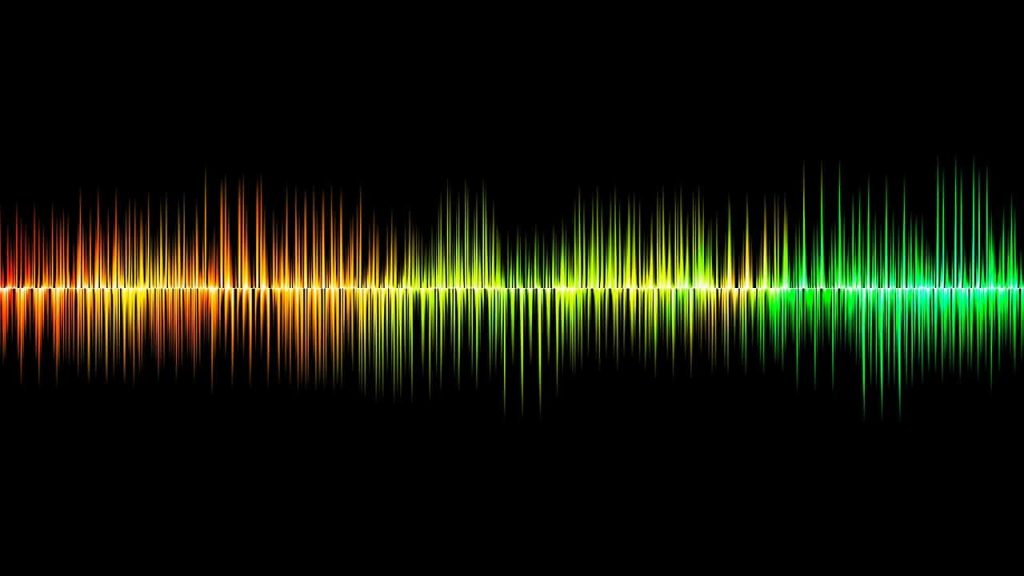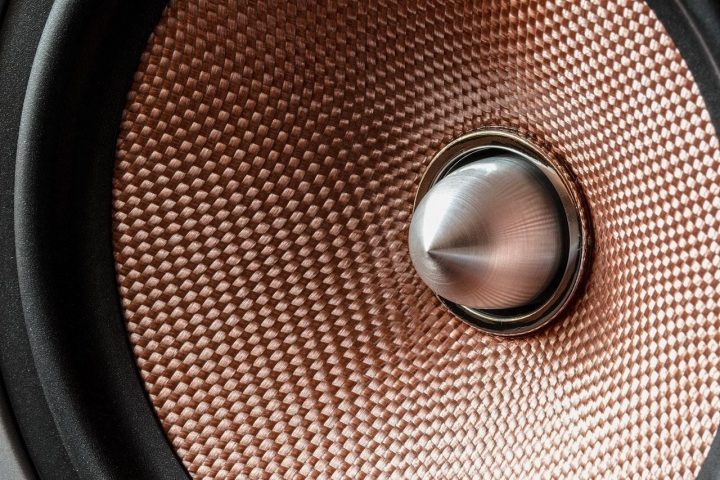The technological development of sound systems has undoubtedly increased their utility in various fields. As a result, several governmental institutions around the world, such as the military and police, invented and adopted various devices that implement sound technologies for peacekeeping, surveillance, and other purposes.
This article will look at some examples of sound control technologies that can create discomfort and negatively affect people’s health, along with some examples of where such technology has already been used.
Ultimately, this article will attempt to tackle the following question: Can sound be used as a weapon?
How does it work?

Sonic devices can be separated into 2 main categories:
- Audible sound: this refers to the sound that can be heard by humans (usually between 20Hz and 20kHz[1]).and inaudible.
- Inaudible sound: meaning the sound that cannot be picked by human ears. This encompasses audio frequencies that can either be lower than 20Hz (Infrasound) or higher than 15kHz (Ultrasound).
Ultrasonic soundwave devices have been used as theft or misbehaviour repellents. Such devices create very high frequency soundwaves that are not heard by human ears but can cause headache or nausea.
Like directional speakers, these devices can direct soundwaves to a specific area rather than emit audio waves which disperse more and more over a wide area the longer it travels. Hence, ultrasonic speakers can prevent people from accessing certain protected zones without negatively impacting the surrounding areas in ambient sound.
Another well-known piece of equipment utilising high-frequency sound waves to create discomfort, disorientate or injure targets is LRAD (Long Range Acoustic Device).
LRAD systems use audible sound generated by directional speakers to create very intense and powerful sensations for those who stand in front of the device within it’s ~30 degrees range of emission.
How loud are LRAD systems?
LRAD systems can produce sound pressure levels from 137 dB to 162 dB – dependent on the size and model of the system.
For context, the threshold for pain typically begins at 120bB with common examples being cracks of thunder or a jet plane taking off at 300 feet. This goes to show that standing in front of the LRAD system is not something that people should be exposed to due to the risks involved.
LRAD sound systems were first developed and employed in the early 2000s primarily for US military and police departments and are employed to manage large crowds, spread informational messages directly to a crowd, or tackle naval incidents.
Use case scenarios

- LRAD systems were first used in the US during the protests of the 2009 Pittsburgh G20 summit. It was then employed on several occasions across the United States during various protests or unlawful gatherings.
- One of the latest examples of LRAD use was to manage large crowds during the protests for George Floyd’s death in June 2020. Outside the US, the LRAD was used by Japanese Coast Guard against North Korea’s fishing flotilla in 2017 and by Japanese whaling fleet against Sea Shepherd Conservation Society in 2009. The same sound system is also mobilised against piracy, but its effectiveness is yet to be confirmed.
- Although LRADs can be used to create discomfort or pain, they can also be practical for spreading public information in large areas. This function was implemented during Covid-19 pandemic to spread social distancing guidelines in Czech Republic, Germany, Poland, and Spain.
- LRAD technology is implemented to help prevent shoplifting or misbehaviour within certain public areas, such as shopping centres or pathways. These devices produce high-frequency sound waves that are not detected by the human ear. Nonetheless, they result in disorientation, headaches, and nausea.
- American and Canadian diplomats and civilians in Cuba documented hearing damage from a 2017 visit. Various people from indicated countries claimed they were hearing an unpleasant sound which led to headaches, hearing loss and neurological issues during their visit to Cuba in 2017. Researchers believe that these individuals might have been targeted by unknown sound devices which were probably used for surveillance.
That being said, it is equally important to note that directional speakers are also employed in public life for an array of purposes.
For instance, directional speakers by Focusonics function for commercial use across various industries. These speakers can be used in museums to provide directed audio assistance for certain pieces of art (paintings, sculptures, etc.) or in supermarkets to advertise promotions for certain products in areas where those products are displayed.
Such technology enables individuals within the target range to listen to informative content about the products/objects they are facing.
Is it medically safe to use sound devices for peacekeeping?

The safety of sound systems used in public spaces is one of the key areas of interest for doctors, technology developers, and private/governmental military and police agencies.
Do sound devices have negative effects on human health over the short and long term?
Although there is little long-term research data in this regard, researchers do not believe that ultrasound can cause any long-term health issues. Such devices are believed to create temporary headache or loss of balance when deployed in close distance near humans.
However, a recurring or continuous exposure to high frequency ultrasounds might cause more detrimental impacts, including temporary or even permanent damage of ear functions.
Infrasound is also believed to exert a negative impact on individuals’ health, especially when the exposure is intense. Some lab studies showed that a strong infrasound beam might affect body cells in various tissues, including lungs.
Having said that, both ultrasound and infrasound devices that are directed for public use do not deploy very high frequencies that can result in permanent or long-lasting impact on human health.
Can sound be employed as a weapon?

Various examples of sound technology used in public suggest that sound can be utilised as a weapon. The use of LRAD devices show that sound can cause pain and anxiety when employed to repel large crowds of people and even force them to take certain actions (e.g. move out of the area where the sound is being deployed).
LRAD sound systems can be as impactful as water guns used by police for peacekeeping and crowd-management during protests.
The mobilisation of sound transcends its public use especially in the military sectors. For instance, during World War 2, the Soviet army used sound to weaken German troops. Specifically in 1942, Soviet troops used loudspeakers to play tango music overnight to keep the German army awake. Sound technology was also used by US forces in Vietnam and Iraq in order to weaken their enemies’ psychological state. These examples showcase events where sound was mobilised as a weapon.
The array of usages fulfilled by directional speakers, LRAD technologies, small scale ultrasound devices, and even powerful loudspeakers prove that sound can indeed be mobilised as a weapon.
Individuals’ exposure to directed ultrasound or infrasound frequencies results in varying levels of discomfort that range from mild disturbances to unbearable and damaging impacts.
If sound along with the technologies implemented to disseminate it are abused (e.g. by opting for very high frequencies or extended exposure), the resulting damage can be permanent and detrimental.





